
by wang, Simon | Jul 7, 2025 | Monascus Red Color
I still remember the first time I saw the words “natural red” printed proudly on a product label in a Mumbai health store—it wasn’t just a color, it was a promise.
Monascus Red is a naturally fermented pigment that offers safe, stable, and label-friendly color for health-conscious Indian consumers. It’s essential for brands targeting clean-label, vegan, and additive-free product trends across functional foods, supplements, and traditional sweets.
As Indian consumers demand more transparency, Monascus Red is becoming a quiet hero behind the scenes—especially in health-focused product lines.
What Is Monascus Red and Why Does It Matter in Health Products?
We’re seeing a shift. Red is no longer just a decoration—it’s becoming a declaration of quality.
Monascus Red is a natural pigment made from rice fermented with Monascus fungi. It’s used for its deep red hue in supplements, foods, and beverages—offering a clean-label alternative to synthetic red dyes.

I often explain Monascus Red like this: it’s the kind of red your grandmother might trust, but with the performance a modern food technologist would respect. While it’s been used in Asian cultures for centuries—especially in fermented rice—it now finds a renewed purpose in India’s booming health market.
Here’s how it stacks up in practical terms:
| Attribute | Monascus Red | Synthetic Dyes (e.g., Allura Red) |
|---|
| Source | Fermented rice | Petrochemical base |
| Appeal to Health-Conscious Consumers | High | Low |
| Allergen Risk | Very low | Moderate to high (controversial) |
| Labeling Advantage | “Natural” or “No Artificial Color” | Often flagged by consumers |
| Cultural Compatibility | High (fermented foods common) | Low (foreign-sounding, chemical) |
And with clean-label trends growing, especially among India’s young urban population, Monascus Red isn’t just suitable—it’s strategic.
Why Are Indian Health Brands Moving Away from Synthetic Colors?
Let’s be honest—India’s label-savvy shoppers aren’t who they were five years ago.
Indian consumers are actively avoiding synthetic dyes in health foods due to safety concerns, children’s health awareness, and rising demand for natural ingredients—especially in immunity, digestive, and beauty supplement sectors.
From parents buying syrup for kids to gym-goers sipping pre-workout blends, everyone’s turning the bottle to check the color source. I’ve had clients lose sales because a customer Googled “E129” (Allura Red) on the spot and walked away.
In fact, here’s what we’ve observed:
| Observation | Impact on Market |
|---|
| More ingredient scanning | Higher rejection of synthetic additives |
| Demand for transparency | Clean labels boost purchase decisions |
| Influencers highlighting ingredients | Social media shaping brand trust |
| Growing demand for “safe for kids” | Natural pigments preferred in pediatric lines |
So, when health-conscious buyers see “Monascus Red (natural color from fermented rice)”—they get that warm feeling of trust. That’s not something synthetic dyes can replicate.
Where Is Monascus Red Being Used in India’s Wellness Products?
You’d be surprised how far this little pigment has traveled.
In India, Monascus Red is increasingly used in wellness applications like herbal supplements, plant-based gummies, rose-flavored Ayurvedic syrups, and clean-label sweets, due to its natural origin and appealing color.

A Few Real-World Examples:
- Ayurvedic Syrups: Brands blend Monascus Red into rose-ashwagandha and pomegranate-based tonics for immunity.
- Supplements: Gummy vitamin brands use it for red berry flavors—without risking synthetic backlash.
- Sugar-Free Sweets: Diabetic-friendly mithai brands use it to color naturally without impacting flavor.
- Probiotic Drinks: Kombucha-style beverages infused with hibiscus or berries often rely on Monascus for a visual punch.
One of our Delhi-based clients even created a limited edition “red detox” bar using beet, rose, and Monascus—bright, natural, and instantly photogenic.
Is Monascus Red Safe for Long-Term Use in Health-Focused Products?
This question comes up often. And it’s valid—especially when your brand’s promise is built on wellness.
Monascus Red is considered safe when properly fermented and tested for citrinin, a potential mycotoxin. Quality suppliers provide third-party certificates proving it meets food-grade safety and regulatory compliance.
The keyword is: properly fermented.
At Santa Color, we work closely with our fermentation team to ensure every batch is citrinin-free—then we verify it again with Eurofins and local testing labs. Because I know Indian manufacturers need paperwork to satisfy not just FSSAI, but also buyers, investors, and sometimes—skeptical family members.
Here’s What a Clean Monascus Red COA Should Include:
| Test Parameter | Acceptable Range |
|---|
| Moisture | <5% |
| Total Monascus Pigment | >90% |
| Citrinin | Not Detected (ND) |
| Total Plate Count | <1000 CFU/g |
| Yeast & Mold | <100 CFU/g |
| Heavy Metals | Within global limits |
I always recommend asking your supplier for batch-level COAs—not just one generic PDF. That’s how you know the red in your syrup is as safe as it is beautiful.
How Can Indian Buyers Find Reliable Monascus Red Suppliers?
Finding a pigment partner should feel like choosing a long-term teammate—not a one-off deal.
Indian buyers should look for Monascus Red suppliers with food-grade certifications, citrinin-free guarantees, formulation support, and a proven export record. Requesting samples and reviewing COAs is key before purchase.
Here’s a quick sourcing checklist:
| What to Check | Why It Matters |
|---|
| ISO22000 / HACCP Certification | Ensures food-grade production |
| Citrinin-Free Report (3rd party) | Confirms safety of fermentation |
| Solubility Test | Ensures color disperses in your system |
| Color Value / E1%1cm | Helps determine dosage and strength |
| FSSAI Compliance Support | Saves you time on documentation |
| Sample Policy | Test before scaling up |
👉 Want a shortcut? Explore our Monascus Red here. We offer free samples for Indian manufacturers and provide all the supporting documents needed for smooth import and registration.
What Are the Benefits of Monascus Red Over Beet or Paprika in Health Products?
It’s all about balance—between color, flavor, and stability.
Monascus Red offers better heat and acid stability, neutral taste, and longer-lasting color compared to beetroot, paprika, and anthocyanin alternatives—making it ideal for functional food and supplement formats.
| Pigment | Flavor Profile | Heat Stability | pH Stability | Best For |
|---|
| Monascus Red | Neutral | Good | Moderate | Sweets, supplements, drinks |
| Beetroot Red | Earthy | Low | Low | Cold beverages, chilled gummies |
| Paprika Extract | Spicy | Medium | Low | Savory snacks only |
| Anthocyanins | Slightly tart | Low | Low | Juice blends, low pH products |
This is especially important for brands with “no artificial flavor” claims. A neutral pigment like Monascus Red won’t interfere with the taste profile of rosewater, berry extract, or cardamom.
Conclusion
For Indian manufacturers targeting the health-conscious market, Monascus Red offers the perfect balance of safety, performance, and visual appeal—naturally.
Need guidance or a sample for your next wellness launch?
👉 Get Monascus Red Samples & Info from Santa Color

by wang, Simon | Jul 4, 2025 | Monascus Red Color
I still remember my first deep-dive into India’s food laws—it felt like I was navigating a maze with no map.
Monascus Red, a naturally fermented red pigment, must comply with India’s FSSAI regulations, ensuring it is sourced from approved strains, free from monacolin K, and tested for purity, safety, and labeling. Manufacturers must document origin, composition, and ensure alignment with food additive lists under Indian law.
When I talk to food brands or supplement developers in India, they often ask me the same thing: "Can I really use Monascus Red legally here?"
What Are India’s Core Regulations for Natural Colorants?

It’s natural to feel a bit lost with all the regulations in India, especially when you’re sourcing a color as unique as Monascus Red.
India regulates natural colorants under FSSAI, which requires Monascus Red to be evaluated for safety, purity, origin, and usage limits. All ingredients must be listed in the permitted food additives catalog and free from pharmaceutical actives.
Let’s unpack this together because understanding the core rules is the first step toward compliance.
Understanding FSSAI’s Role
The Food Safety and Standards Authority of India (FSSAI) is like the gatekeeper for everything edible that enters the Indian market. They ensure ingredients, especially colorants, don’t just look good—but are safe, regulated, and properly documented.
Monascus Red isn’t explicitly listed in FSSAI’s standard permitted colorants like carotenoids or chlorophyll. This makes it fall into a gray zone, requiring a bit more paperwork, testing, and justification.
If you’re planning to use or import Monascus Red in India, it should meet the following basic criteria:
- Derived from food-grade, non-toxic strains (e.g., Monascus purpureus)
- Free from monacolin K (this is key—India considers it a drug-like compound)
- Tested for mycotoxins, heavy metals, and microbial contamination
- Supported with Certificate of Analysis (CoA) and production process records
Here’s a quick look:
| FSSAI Requirement | What You Need to Show |
|---|
| Ingredient Safety | Third-party test reports (no toxins, no drugs) |
| Permissibility | Alignment with FSSAI food additive categories |
| Strain Source | Documentation of Monascus species and fermentation type |
| Labeling & Claims | No therapeutic or misleading color claims |
| Product Type | Use in processed foods, not as a health drug |
Why Is Monacolin K a Problem for Indian Authorities?
I was once sipping masala chai with a food scientist in Mumbai, and he summed it up like this: “Anything that messes with cholesterol gets treated like a pharmaceutical here.”
Monacolin K, a statin-like compound found in some Monascus strains, is restricted in India because it resembles a prescription drug. Its presence can cause food colorants to be treated as unapproved drugs under Indian law.
It sounds technical, but here’s the real deal.
The Pharmaceutical Line You Shouldn’t Cross
Monacolin K is chemically identical to lovastatin, which is used to lower cholesterol. India’s FSSAI doesn’t allow any food to have pharmacological effects unless it’s approved as a drug by CDSCO (Central Drugs Standard Control Organization).
So even if your Monascus Red is "natural," if it contains detectable levels of monacolin K, you’re inviting trouble. It could be flagged as an unapproved drug, which means rejected shipments, fines—or worse, a full product recall.
Always ask your supplier for a monacolin K-free certificateyoclinic.org/drugs-supplements-red-yeast-rice/art-20363074)-free certificate. If they can’t provide one, you’re better off walking away.
What Documentation Should You Prepare Before Importing or Selling?
Over the years, I’ve helped many clients gather the right paperwork, and trust me—it’s not about volume, it’s about clarity.
To ensure smooth compliance, importers and manufacturers should prepare a dossier including a detailed CoA, ingredient origin, manufacturing process, microbial safety reports, and a statement of monacolin K absence.
Here’s your must-have list:
Monascus Red Compliance Checklist for India
| Required Document | Purpose |
|---|
| Certificate of Analysis (CoA) | Shows purity, heavy metal & microbial limits |
| Ingredient Declaration | Confirms Monascus strain and fermentation method |
| Production Process Flowchart | Helps explain how color is obtained |
| Statement of Non-Pharmaceutical Activity | Confirms absence of monacolin K |
| Labeling Sample | Ingredient listed clearly, with proper additive category |
| FSSAI Additive Category Reference | Indicates under which category it’s being filed (e.g., “natural colorant”) |
| Customs HS Code Sheet (optional but helpful) | Helps prevent shipment delays |
If you’re sourcing from China—like many of our clients do through Santa Color’s Monascus Red product line—make sure your supplier understands Indian regulations. We often adjust labeling and documentation to meet India’s exact needs.
How Can You Use Monascus Red Legally in Indian Products?
This is where many brands get stuck. Just because Monascus Red is natural doesn’t mean you can toss it into anything.
Monascus Red must be used within food additive limits and not in products claiming therapeutic effects. It is most compliant when applied in processed foods under natural colorant categories.
Let’s look at this practically.
Smart Usage Strategies
If you’re making:
- Indian sweets (e.g., halwa, ladoo): Use Monascus Red for that attractive reddish tint—make sure it’s below the permitted natural color threshold and free from monacolin K.
- Packaged snacks or sauces: Works well if labeled correctly and does not imply any health benefit.
- Cosmetics or topical use: FSSAI doesn’t govern this—cosmetics fall under BIS guidelines, which are easier to navigate for colorants.
Avoid:
- Claims like “cholesterol-lowering,” “heart health,” or anything medicinal.
- Using it in products intended for kids unless you have full safety backing.
- Skipping third-party testing—your in-house lab results won’t cut it during inspections.
What If It’s Not Explicitly Approved? Can You Still Use It?
This is where things get murky—what we call the gray zone.
If Monascus Red is not specifically listed in FSSAI’s standard colorant list, companies must submit safety data and justify its use under the ‘natural colorant’ umbrella, often requiring pre-approval.
But this doesn’t mean it’s impossible.
Navigating the Gray Zone (Safely)
Let me be honest—there’s no rubber-stamp “yes” when something isn’t clearly listed. But if you provide enough data proving:
- It’s derived from edible Monascus strains
- It’s used globally in food applications
- It contains zero monacolin K
- It has no pharmaceutical effect
- It’s safe per CODEX/EFSA/FDA standards
…you can build a case.
I’ve seen clients use Monascus Red under this route for baked goods, seasonings, and vegetarian sauces, backed by a proper safety dossier.
Here’s a quick checklist you can follow for this route:
| Strategy Step | Action |
|---|
| Risk Assessment | Perform lab analysis for toxins and monacolin K |
| Label Language Review | Avoid any health or pharmaceutical claims |
| Submit Data to FSSAI (optional) | For large-scale or national use, submit a data packet to FSSAI |
| Partner with an Experienced Supplier | Like us at Santa Color, who know how to navigate India’s rules |

How Can Santa Color Help You Stay Compliant in India?
Many customers from India come to me not just looking for pigment—but for peace of mind.
At Santa Color, we provide fully compliant Monascus Red with third-party testing, monacolin K-free guarantee, regulatory documentation, and support tailored for Indian buyers.
We’ve worked with Indian partners across sweets, sauces, and snack sectors, offering support like:
- Pre-approval assistance
- Custom labeling and HS code documentation
- Safety testing from Eurofins and SGS
- Compliance-ready ingredient declarations in English
And because our Monascus Red is fermented using strictly non-toxic, food-safe Monascus purpureus, you don’t have to worry about safety loopholes.
Want to see our specs or request a sample? Visit our product page here.

Conclusion
Monascus Red can be used in India—but only with the right paperwork, purity, and positioning.

by wang, Simon | Jul 4, 2025 | Monascus Red Color
I still remember the first time I held a bottle of Monascus Red pigment in my hand—deep red, earthy, and oddly calming. It felt… real.
Monascus Red is a natural pigment derived from fermented rice using the Monascus fungus. Unlike synthetic dyes, it’s free from harsh chemicals, aligns with clean label demands, and is gaining rapid adoption among India’s top food, supplement, and cosmetic brands.
In India’s vibrant and competitive market, brand trust matters. And that trust is shifting from synthetic to natural colorants—especially Monascus Red.
What Makes Monascus Red So Appealing to Indian Brands?
There’s something magnetic about a natural color that feels close to tradition.
Indian brands are embracing Monascus Red for its clean label status, vibrant natural hue, and consumer appeal. Its fermented origin connects with Ayurveda and traditional food values, while outperforming many synthetic reds in versatility and safety.

A Deeper Look into Why Monascus Is Winning
Let me paint you a picture.
You’re a food brand in India crafting a bright red chili sauce. You want a beautiful, bold hue that lasts. Tartrazine and Allura Red might get you the color—but your customers are reading labels. They’re asking questions. They’re Googling E-numbers. They’re switching to brands that choose clean, understandable ingredients.
This is where Monascus Red steps in—fermented, natural, and deeply rooted in both modern science and traditional food heritage.
Here’s a quick comparison to understand the shift:
| Feature | Monascus Red | Synthetic Dyes |
|---|
| Source | Natural fermentation of rice by Monascus fungus | Petrochemical-based synthesis |
| Consumer Perception | Clean label, natural, traditional | Artificial, often flagged for health concerns |
| Regulatory Hurdles | Approved for food in several Asian countries (including China and parts of India) | Increasingly restricted in natural-labeled products |
| Heat & pH Stability | Moderate, suitable for many Indian food formats | High, but synthetic nature limits clean label use |
| Safety | Considered safe when monacolin K is controlled | Some linked to hyperactivity and allergies |
And yes—brands are watching these details closely.
Is Monascus Red Really Safer Than Synthetic Alternatives?
Safety always comes first. Especially when the product ends up on a dinner plate.
Monascus Red is considered safe when monacolin K levels are monitored, while synthetic dyes like Tartrazine and Sunset Yellow have faced bans and consumer pushback for potential side effects.

Let’s Talk Science for a Minute
Monascus Red has a long-standing history in traditional Asian cuisine—particularly in red fermented rice. It has also been studied for its stability and safety in food systems. However, one of its compounds, monacolin K, shares a similar structure with statins used in cholesterol-lowering drugs. This is where things get complicated—and regulatory.
India doesn’t outright ban Monascus Red. Instead, it depends on the application: in food, it must be labeled and controlled; in supplements, especially cholesterol claims, you need clear documentation.
But compared to synthetic dyes—several of which are already banned in Europe or require warnings in India—Monascus Red feels like the more “honest” option. Especially when customers care about what goes in their kids’ candy.
How Does Monascus Red Perform in Indian Cuisine and Climate?
India’s food is vibrant—not just in taste, but in heat, spices, oil, and moisture. That demands a pigment that can keep up.
Monascus Red performs well in a wide range of Indian culinary conditions—from high-heat cooking to acidic chutneys—making it ideal for sauces, pickles, snacks, and even sweets.

From Street Snacks to Premium Brands—It Works
Whether it’s a spicy red sev mix from Gujarat or a fusion berry yogurt in Mumbai, the pigment must survive processing, packaging, and temperature swings. I’ve personally seen our clients apply Monascus Red in:
- Chili sauces – Maintaining color even after bottling and heat pasteurization.
- Herbal syrups – Holding steady in high-acid environments.
- Ayurvedic supplements – Combining traditional appeal with clean formulation.
- Snacks – Staying vibrant even after frying or baking.
It’s not magic, but it’s close. The fermentation-derived pigments hold their own in the very conditions synthetic dyes were originally designed for.
What Are Indian Consumers Saying About Natural Colors?
Let’s be real—brands follow where the customers go. And Indian consumers are going natural.
Indian buyers are increasingly aware of artificial dyes, with growing preference for natural, chemical-free food labels. “No synthetic color” has become a marketing advantage for premium and mass brands alike.
A walk through a modern Indian supermarket tells the story. You’ll see:
- “100% natural color”
- “No artificial dyes”
- “Plant-based pigments”
Why? Because consumers are connecting health concerns—like hyperactivity in children or allergies—to synthetic colorants. They’re also influenced by the clean label movement seen on Instagram, health blogs, and parenting forums.
And once they try a product with Monascus Red and see the difference in richness and tone—they come back for more.
Are There Regulatory Challenges When Using Monascus Red in India?
This is where brand owners pause—and rightly so.
In India, Monascus Red must meet food-grade safety standards and be used within approved limits. While not officially banned, formulations need to ensure monacolin K is controlled and properly documented.
So what does that mean for you?
It means you need a supplier who knows the rules—not just how to ship pigment. That’s part of what we do at Santa Color. We help Indian brands navigate these requirements while delivering a pigment that ticks all the boxes.
| Requirement | Consideration |
|---|
| FSSAI approval | Must comply with approved additive lists |
| Labeling | Must indicate natural source and usage purpose |
| Monacolin K | Should be below therapeutic threshold for food use |
| Export Documentation | Must include safety data and COA |
We’ve had multiple Indian clients reformulate products using our Monascus Red with zero hiccups—just vibrant results and clean labels.
Why Top Indian Brands Are Switching to Monascus Red?
Because consumers are evolving. And so are their expectations.
Top Indian brands are switching to Monascus Red to align with global clean-label trends, stand out in natural product categories, and build long-term trust with consumers.
This shift isn’t just happening in premium ayurvedic products. We’re seeing it in:
- Mass-market snacks
- RTD beverages
- Modern Indian desserts
- Health supplements
- Organic food brands
And it’s not just about ethics or perception—it’s also about performance, differentiation, and market positioning.
When you’re up against dozens of similar-looking products on a crowded shelf, the smallest thing—like the right red hue—can change everything.
Conclusion
Monascus Red isn’t just a trend—it’s a smart, natural upgrade that Indian brands are embracing to meet consumer expectations, regulatory needs, and product excellence.

by wang, Simon | Jul 4, 2025 | Vegetable Carbon Black
I still remember my first FDA call about E153—my palms sweated more than the proofing dough.
E153 (vegetable carbon) is permitted as a food color in the EU under strict category limits yet remains restricted in the U.S., where only processing-aid use is generally accepted. Manufacturers must align specs, labeling, and documentation with 21 CFR and Regulation (EU) 1333/2008 to avoid costly detentions.
Regulators speak fluent legalese; our job is to translate that into flawless batch sheets.
What Does the FDA Currently Allow for E153 in Foods?
Some days it feels like America invented paperwork.
Under 21 CFR, vegetable carbon is not an approved color additive for direct coloration of U.S. foods; however, it may be used as a GRAS processing aid or under a color-additive petition. Manufacturers importing colored products face automatic detention unless exemption or petition clearance is on file.

E153’s U.S. story is—how should I put it—unfinished. The FDA recognizes activated carbon as GRAS when used to filter liquids, yet it stops short of granting a blanket green light for turning ice cream jet-black.
I’ve sat through enough webinars to learn three survival truths:
1. Processing-Aid Loophole—Use with Caution
If you use carbon to polish maple syrup, fine; the pigment cannot remain at significant levels in the final product. I once ran a cider through a carbon bed: residual color measured <0.003 %, and we documented a “no functional effect” justification. That file lives in a bright red binder marked Hold onto forever.
Drafting a petition feels like writing a doctoral thesis—except the committee never graduates. Toxicology, stability, migration, fate in wastewater…the works. Major confectionery brands have teamed up to submit data, but clearance can take five years. If you ship before approval, expect a 554 notice at port.
3. Imported Items—Automatic Red Flags
Customs algorithms flag anything jet-black. Without petition approval or a convincing processing-aid rationale, the cartons head straight to the FDA warehouse hotel. Storage fees alone can wipe out a margin.
| FDA Category | Current Status for E153 | Key Risk |
|---|
| Direct food color | Not permitted | Detention |
| Processing aid | GRAS if no residual color | Must validate |
| Dietary supplements (capsules) | Case-by-case | Petition in progress |
| Cosmetics | Permitted as D&C Black No. 2 | Different regulations |
I track every communication in a shared spreadsheet, color-coded like traffic lights. Green for safe, yellow for “call the lawyer,” red for “ship nowhere.”
How Is E153 Listed and Limited in the EU Food Additives Directive?
Across the Atlantic, the rules read like a kinder bedtime story.
Regulation (EU) 1333/2008 classifies E153 as a permitted color ‘quantum satis’ in many solid foods but bans it in infant formula and beverages above 1 % w/w. Compliance demands purity specs in Regulation (EU) 231/2012, adherence to good manufacturing practice (GMP), and label declaration “Vegetable carbon (E153)”.

When I first pitched a charcoal macaron to a Parisian buyer, I waved a single page: “E153 is QS.” His eyebrow arched; mine sweated.
“QS” means quantum satis—Latin for “as much as needed, no more.” Sounds simple? Try defending it during an audit.
Practical Limits from Experience
- Baked goods: 0.05 – 0.8 %—beyond that, crumbs look burnt.
- Hard candies: up to 1 % acceptable for opaque finish.
- Vegetable seasonings: 0.3 % adds a smoky allure without staining fingers.
Category Exclusions
Milk drinks, baby food, and edible ices above minimal traces are off-limits. Germany’s BVL publishes handy spreadsheets—print them, highlight row 07.2.1, and tape to the production notice board.
| EU Food Category Code | Allowed? | Typical Use-Level | Note |
|---|
| 05.2 Cocoa products | Yes | 0.4 % | Darken white chocolate |
| 07.2.1 Fine bakery | Yes | QS | Macarons, biscuits |
| 14.1.4 Flavored drinks | Generally No | — | Only activated carbon water under novel-food route |
| 13 Special infant foods | Prohibited | — | Zero tolerance |
I keep a laminated “E153 traffic map” by the espresso machine. Saves a thousand frantic Slack messages.
Which Product Categories Can Safely Use Vegetable Carbon—and Which Cannot?
Not every recipe loves black.
Vegetable carbon thrives in high-solids, low-water systems like pastilles, icings, and seasoning blends. It struggles in clear beverages, dairy emulsions, and infant nutrition due to sedimentation, opacity, or regulatory bans. Match the particle size and matrix or expect grittiness or recalls.

I split potential applications into three buckets:
Green-Light Uses
- Confectionery – Licorice wheels, gummy bats for Halloween, chic charcoal mints.
- Bakery – Charcoal croissants, burger buns. Dough flexibly suspends pigments.
- Dry mixes – Seasonings for plant-based meat.
Yellow-Light Uses
- Ice cream – Particle sinkage; needs stabilizer tweaks.
- Cosmetic face masks – Allowed, but watch heavy-metal specs.
Red-Light Uses
- Clear sodas – Instant cloud, violates EU categories.
- Infant products – Hard stop worldwide.
| Matrix Factor | Risk | Mitigation |
|---|
| Low viscosity | Settling | Increase hydrocolloids |
| High fat | Color dilution | Up pigment 15 % |
| Acidic pH | Stability fine | Little effect |
| Heat >180 °C | Slight fading | Boost 10 % |
A story: a snack client once sprinkled carbon on popped chips, calling it “volcanic dust.” Consumers loved it—but only after we replaced coarse powder with a 1-µm grade to avoid cough-inducing clouds on opening.
What Documentation Must I Keep for Inspections and Audits?
If it isn’t written, it never happened.
Maintain a dossier containing supplier certificates, heavy-metal analyses, manufacturing records, HACCP hazard assessments[^2], and finished-product colorimetric data; EU firms must retain two years past expiry, while FDA expects records accessible within 24 hours of request. Digital traceability systems reduce retrieval time by 80 %.
I learned the hard way: during a surprise GFSI audit, I spent half an hour digging for the cadmium test report. Now I follow a color-coded binder system:
- Blue Binder – Supplier docs: ISO 22000, Halal, Kosher.
- Green Binder – CoAs: ash, acid-insoluble matter <1 %.
- Yellow Binder – Internal batch sheets: dosage, L*.
- Red Binder – Deviation logs: anything that went sideways.
A cloud backup mirrors every page. I once spilled coffee on the yellow binder; OneDrive didn’t flinch.
| Document Type | Retention EU | Retention US | Quick Tip |
|---|
| CoA for each lot | 5 yrs | 2 yrs | Scan immediately |
| Heavy-metal panel | 5 yrs | 3 yrs | Arsenic <1 ppm |
| Production log | Shelf life + 2 yrs | 2 yrs | Sign & date |
| Recall plan test | Annual review | Annual | Simulate! |
Auditors adore QR codes. We embed a tiny square on pallet labels linking straight to our vegetable carbon black page with downloadable specs. One tap—question answered, smiles all around.
How Do I Harmonize Labeling Across Multinational Brands?
Labels travel farther than I do—sometimes to courtrooms.
Use plain ingredient names plus code—“Vegetable carbon (E153)” in the EU, “Vegetable carbon, color” or omit if processing aid in the U.S. Align font size, allergen placement, and voluntary claims; never state medicinal benefits. A master artwork template saves translation errors and recall risk.
I keep a shared Google Sheet titled One Label to Rule Them All. Columns: English, French, Spanish, German, and—why not—Klingon for comic relief.
Best Practices I Swear By
1. Front-of-Pack Clarity
Black bun? Add “naturally colored with vegetable carbon” in 2 mm letters—regulators love transparency.
2. Ingredient List Order
List by descending weight. If E153 sits below salt, no one panics at midnight about percentages.
3. Avoid Medical Claims
Activated carbon used in detox drinks? Tempting. In the U.S. that flips the product into drug territory faster than you can say CFR. Stick to sensory language: “adds rich dark color.”
4. Digital Twins
Each SKU gets a PDF “twin” with all compliance data hyperlinked. Marketing designs—the PDF barks when copy goes rogue. Saves three emails and a migraine.
| Region | Mandatory Code | Typical Front-Claim | Common Pitfall |
|---|
| EU | “E153” | “Naturally colored” | Claiming antioxidant benefits |
| USA | None (if processing aid) | Rarely stated | Forgetting petition status |
| Canada | “Vegetable carbon” | Bilingual FR/EN | Font size mismatch |
| GCC | “E153” Arabic + English | “Natural color” | Missing halal doc |
Anecdote time: A Middle-East distributor once swapped “vegetable” with “coal.” Sales tanked—no one wants coal in cupcakes. Lesson: double-check translations before printing 50,000 sleeves.
Conclusion
Know the rules, prove them on paper, and your charcoal-black treats will sail through customs while rivals stall.

by wang, Simon | Jul 4, 2025 | Vegetable Carbon Black

I still remember the first time I saw vegetable carbon black in action—it wasn’t in a factory, it was in a handcrafted cookie from a small bakery in Osaka. Jet black, naturally elegant, and nothing like the synthetic blacks I was used to.
Vegetable carbon black is a natural pigment made from plant-based sources like fruit peels or bamboo, offering a safer, more stable, and food-grade alternative to synthetic black dyes, which often raise regulatory and health concerns.
For manufacturers like us, this decision isn’t just about color—it’s about clean labels, consumer trust, and long-term product performance.
What Exactly Is Vegetable Carbon Black?
It’s not just burned plant—there’s a process behind the pigment.
Vegetable carbon black is a fine black powder derived from charred plant materials like bamboo, wood, or fruit shells, processed under strict food-grade standards to ensure safety and stability in food and cosmetic applications.

How It’s Made
Unlike synthetic blacks, which are often created using petrochemicals or heavy metals, vegetable carbon black is born from nature and fire. The process involves:
- Carbonization of plant-based materials like coconut shells or bamboo.
- Purification to remove impurities.
- Grinding into a fine black powder suitable for mixing into products.
It’s not just about the source—it’s about what you leave out. No heavy metals, no synthetic residues. Just nature, processed cleanly and simply.
Benefits at a Glance
| Feature | Vegetable Carbon Black |
|---|
| Source | Plant-based (e.g., bamboo) |
| Applications | Food, cosmetics, health |
| Regulatory Approval | FDA, EU, Japan compliant |
| Consumer Perception | Clean, natural, safe |
| Environmental Impact | Low (renewable sources) |
When I first started working with vegetable carbon, I noticed how it changed not just product labels—but customer conversations. They were reading ingredients, and they noticed the difference.
Why Are Synthetic Black Pigments Still Being Used?
Well, they’re cheap, consistent, and deeply entrenched.
Synthetic blacks—like carbon black (CI 77266) or Black 2—are widely used in cosmetics and plastics, but many of them are petroleum-derived and not permitted for food use in many regions.

Common Synthetic Blacks and Their Issues
Let’s break down some commonly used synthetic blacks:
| Pigment Name | Also Known As | Used In | Regulatory Notes |
|---|
| Carbon Black | CI 77266 | Cosmetics, inks | Food use often prohibited (EU, US) |
| Black PN | E152 | Sweets, desserts (UK) | Banned in US and most EU countries |
| Black 2 | Pigment Black | Plastics, industrial | Not food-grade, can contain heavy metals |
Consumers today are label-savvy. They Google E numbers, avoid petroleum derivatives, and choose brands that align with their values. That’s why synthetic blacks are slowly phasing out in the clean-label world.
Where Can You Use Vegetable Carbon Safely?
Pretty much everywhere that matters.
Vegetable carbon black is ideal for coloring foods like candies, pastries, sauces, as well as cosmetics like eyeliners, masks, and even supplements—where natural, edible-grade blacks are required.

Key Application Areas
Let me show you where we’re seeing the biggest growth in usage:
1. Food & Beverages
From black burger buns to charcoal lemonade, vegetable carbon is behind the trend. It’s pH-stable and flavor-neutral, making it versatile for both sweet and savory products.
2. Cosmetics
Black masks, eyeliners, charcoal cleansers—they all benefit from vegetable carbon’s matte finish and safety. Especially for products applied near the eyes or lips, food-grade purity really matters.
3. Supplements
Capsules with deep black tones don’t just look premium—they also meet the natural requirements many supplement brands are now demanding.
4. Health and Wellness
Used in detox drinks and oral care, vegetable carbon is both aesthetic and functional, adding market appeal to wellness brands.
Is Vegetable Carbon Actually Safer?
This question keeps coming up—and I get why.
Yes, vegetable carbon is generally considered safer than synthetic black pigments, particularly in food and personal care applications, due to its natural origin, absence of toxic residues, and global regulatory approval.
Regulatory Standing
Here’s a quick look at what major regulatory bodies say:
| Region | Regulation Status |
|---|
| United States (FDA) | Approved for limited use in food (21 CFR 73.260) |
| European Union | Listed as E153, allowed in specific applications |
| Japan | Approved as a food additive |
| China | GB2760-listed for food use |
The real beauty is in the absence—no polycyclic aromatic hydrocarbons (PAHs), no carcinogenic solvents, no risk of heavy metal contamination when made responsibly.
And at Santa Color, we take this responsibility seriously. Every batch is tested. Every order is compliant.
Does It Really Perform as Well?
You’d be surprised.
Vegetable carbon black offers excellent stability, rich color intensity, and performance in both water- and oil-based systems—comparable to synthetic pigments, but with a clean-label advantage.
Let’s compare:
| Property | Synthetic Black | Vegetable Carbon Black |
|---|
| Color Depth | Deep | Matte, elegant |
| Water Stability | High | High |
| Oil Compatibility | Varies | High |
| Heat Resistance | Strong | Strong |
| Labeling Appeal | Poor (“synthetic”) | Strong (“natural”) |
In my own experience working with food manufacturers, many find that vegetable carbon offers a more natural-looking black—not harsh, but velvety. For gourmet foods or artisanal brands, that softer matte black isn’t just “good enough”—it’s better.
What Should I Look for in a Good Supplier?
Not all vegetable carbons are created equal.
Choose suppliers that offer food-grade certification, consistent particle size, and full traceability—ensuring safety, compliance, and a smooth production experience.
A few must-haves when evaluating suppliers:
- Regulatory compliance with FDA, EU, and APAC standards.
- Purity testing for contaminants and heavy metals.
- Technical support for formulation guidance.
- Documentation, including COA, MSDS, and TDS.
That’s exactly how we do things at Santa Color’s Vegetable Carbon Product Page, where I personally oversee the sourcing and QC processes. Every step is tracked. Every client gets full transparency. Because trust isn’t built on promises—it’s built on proofs.
What Are Some Common Misconceptions?
Let’s bust a few myths while we’re here.
One common misconception is that all “carbon” blacks are natural—many aren’t. Another is assuming vegetable carbon always behaves like activated charcoal. It doesn’t.
Myth vs. Truth
| Myth | Truth |
|---|
| All black colorants are natural | Many are synthetic or petroleum-based |
| Vegetable carbon = activated charcoal | Not the same—carbon black is pigment only |
| It has detox benefits | No therapeutic claims; it’s a colorant |
| Natural colors fade quickly | Vegetable carbon is highly stable |
When I talk to clients about this, I often explain it this way: vegetable carbon is color, not cure. It’s functional in the visual sense—not something to market for health benefits unless backed by regulatory evidence.
How Do I Start Using It?
Just ask.
Start by testing small batches, evaluating for compatibility with your formulation, and checking regulatory fit for your market. Then scale with the right supplier who supports your journey.
Whether you’re formulating beverages, cosmetics, supplements, or baked goods, I always suggest a trial with a few different concentrations. See what gives you the shade, mouthfeel, or coverage you’re looking for.
And don’t be shy about reaching out. At Santa Color, we work directly with R&D teams to make sure everything—from texture to tint—aligns perfectly.
Conclusion
Vegetable carbon black isn’t just a color—it’s a message: clean, natural, and trusted.
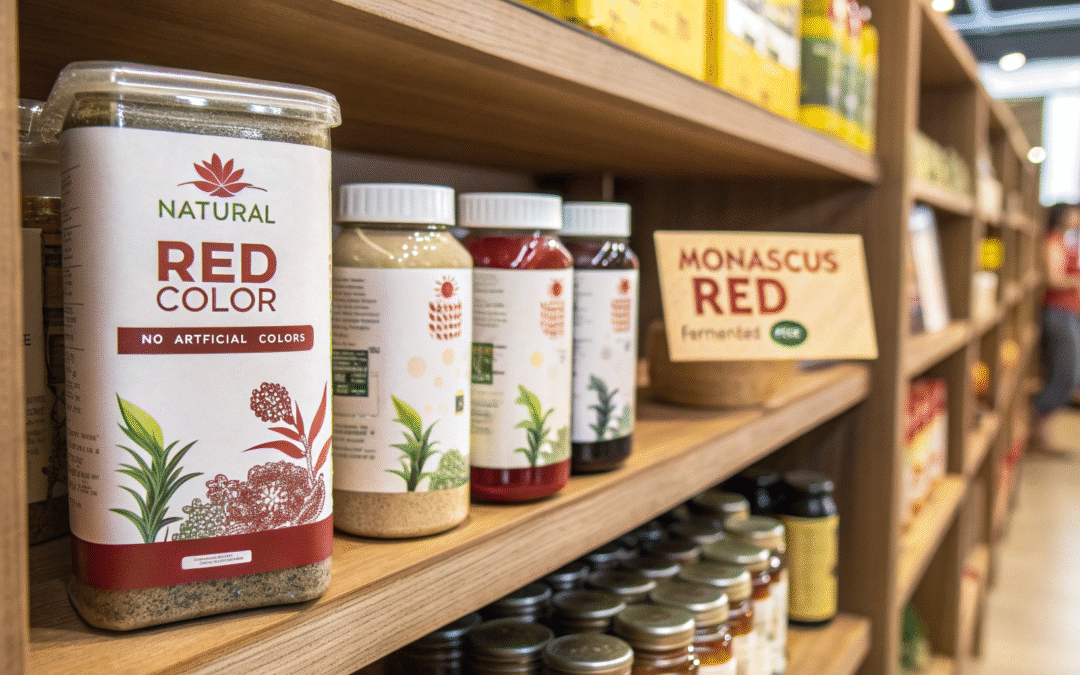
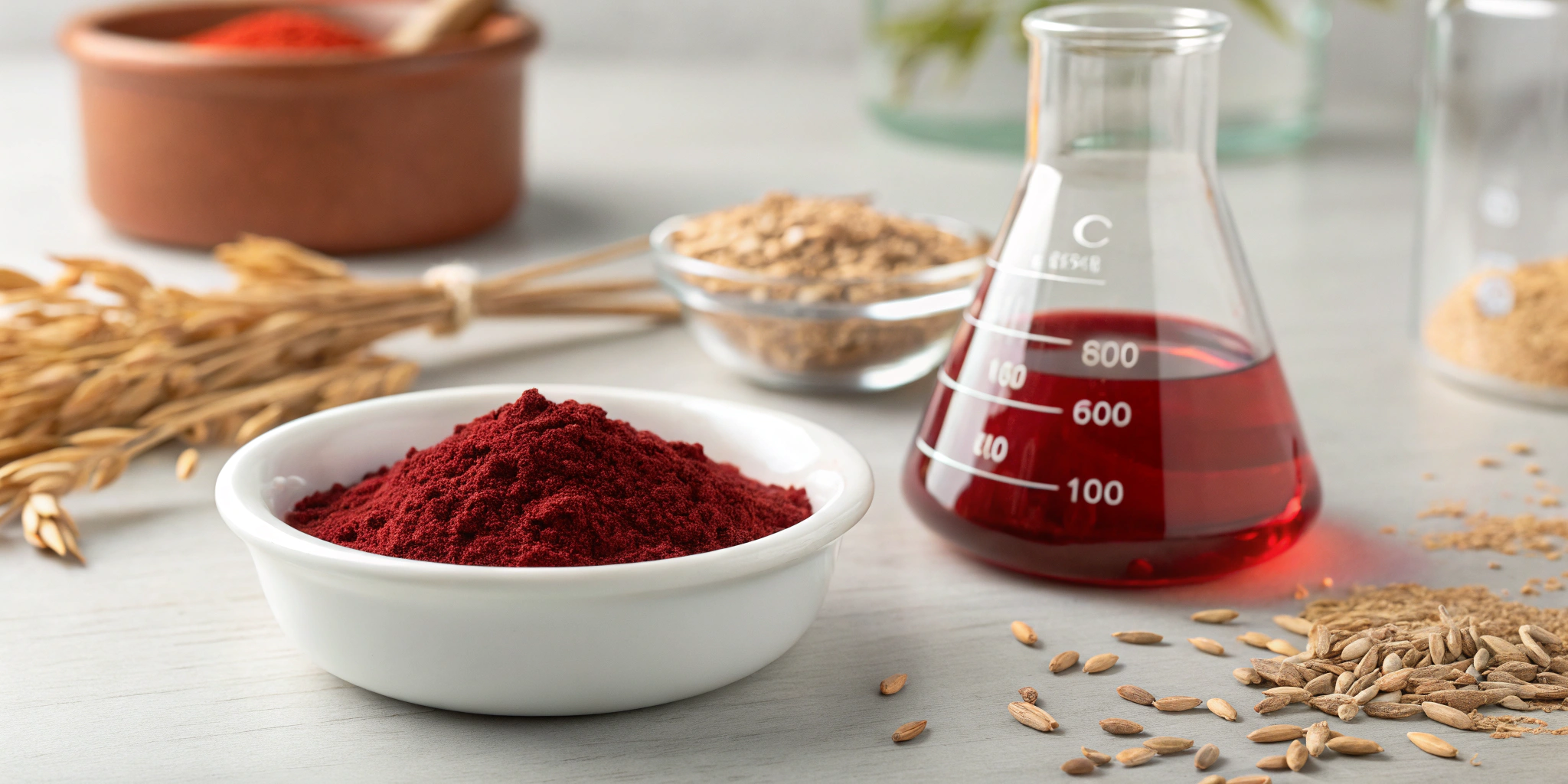
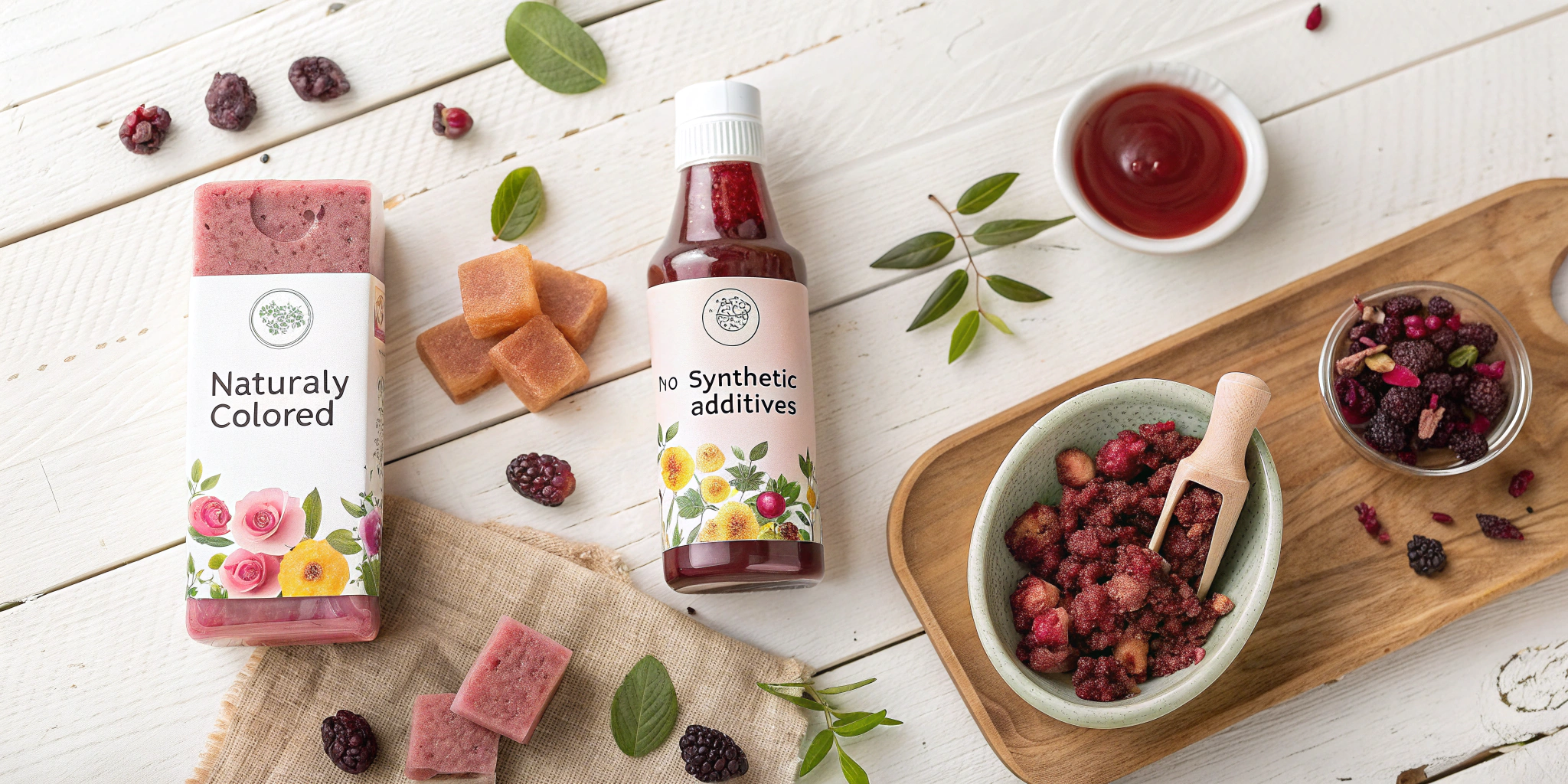

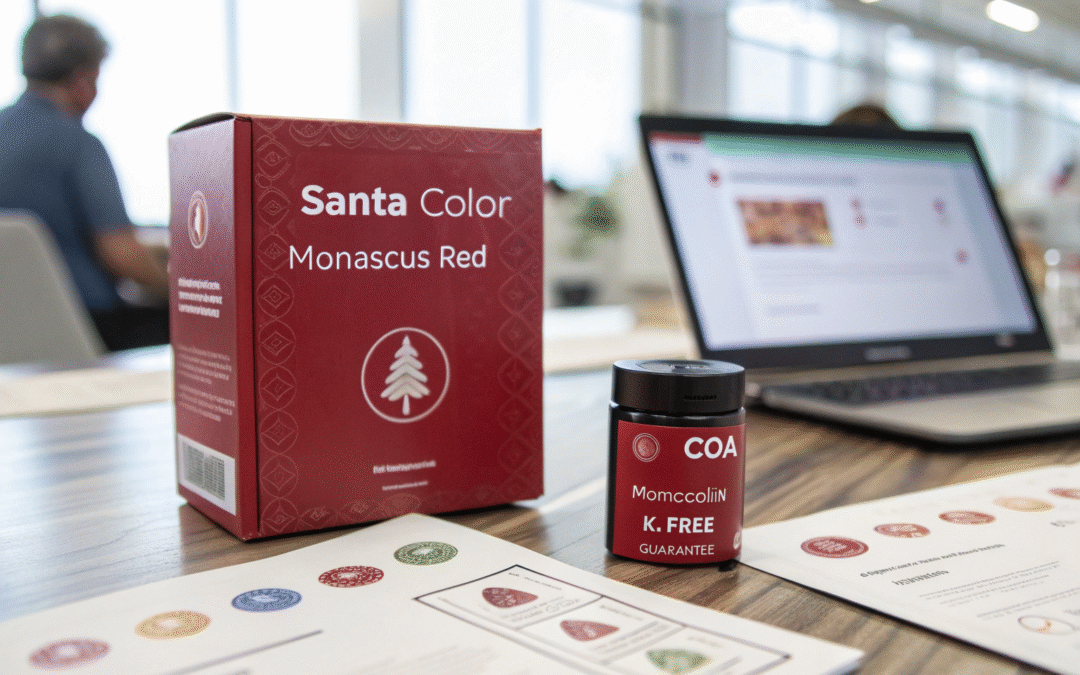
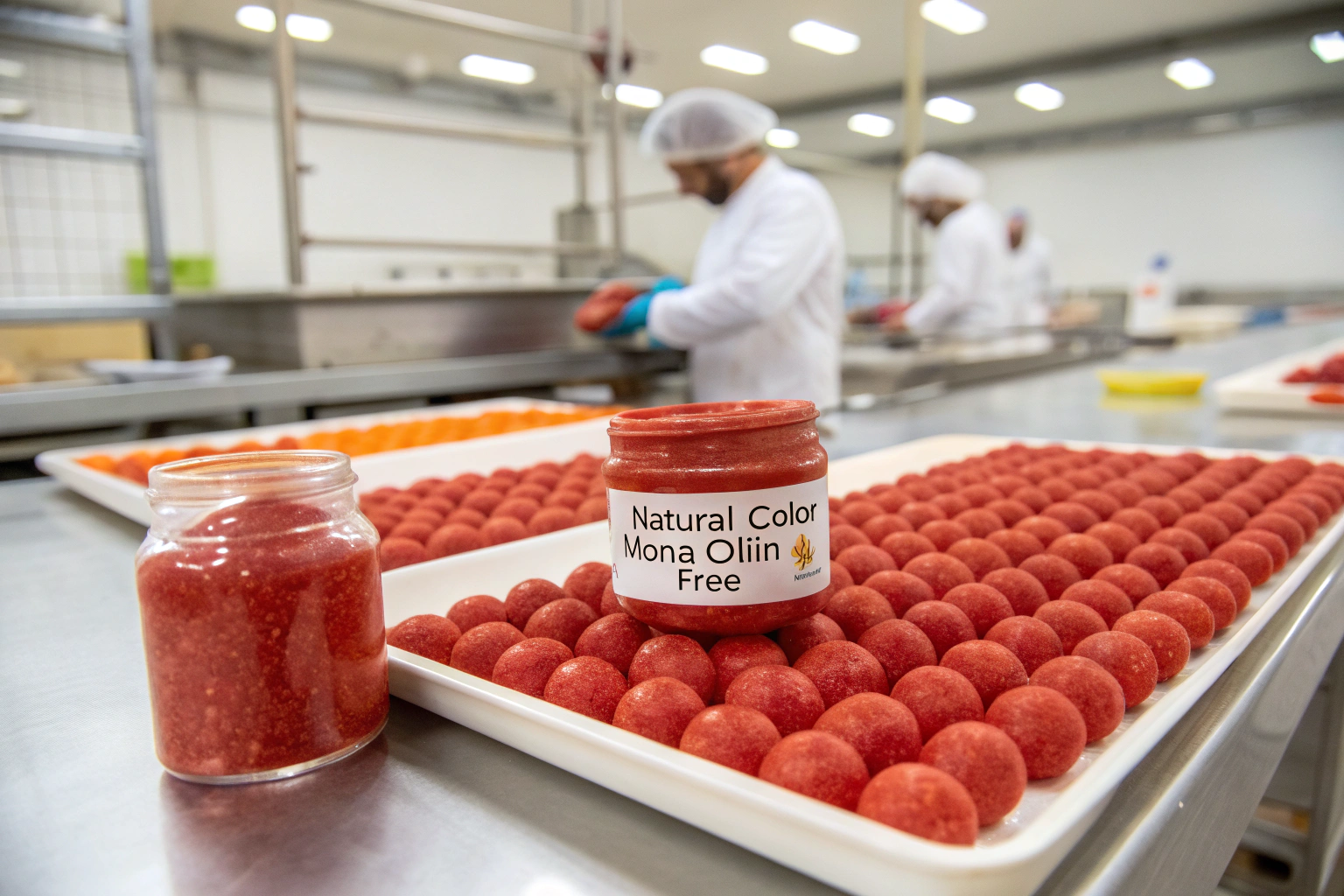
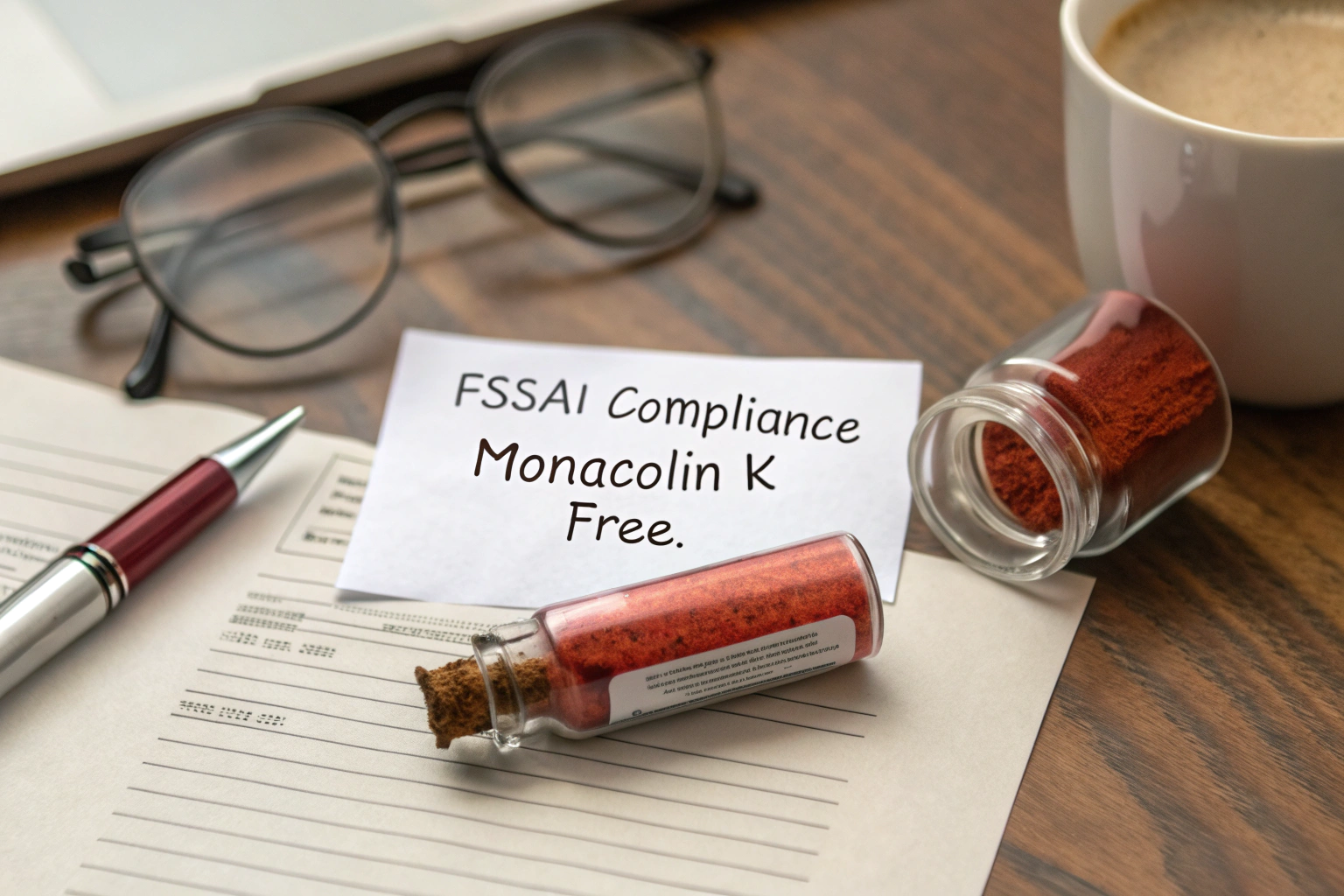
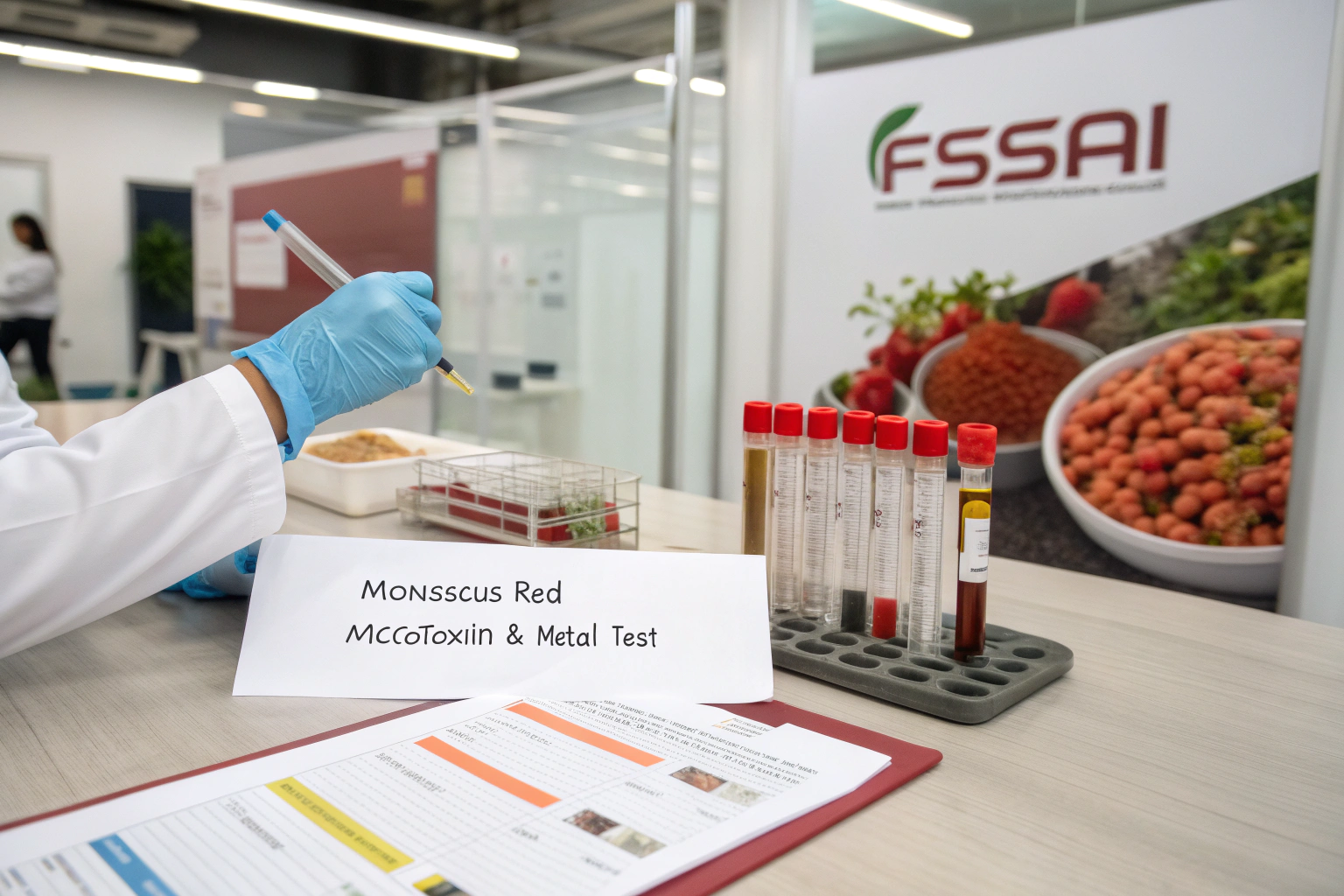
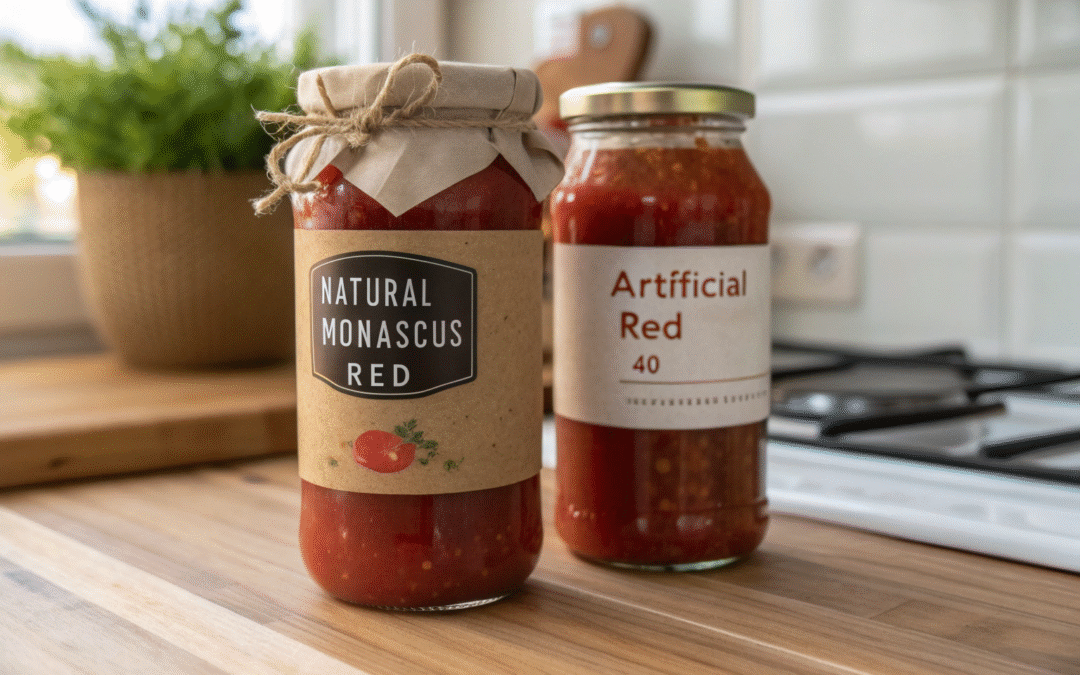
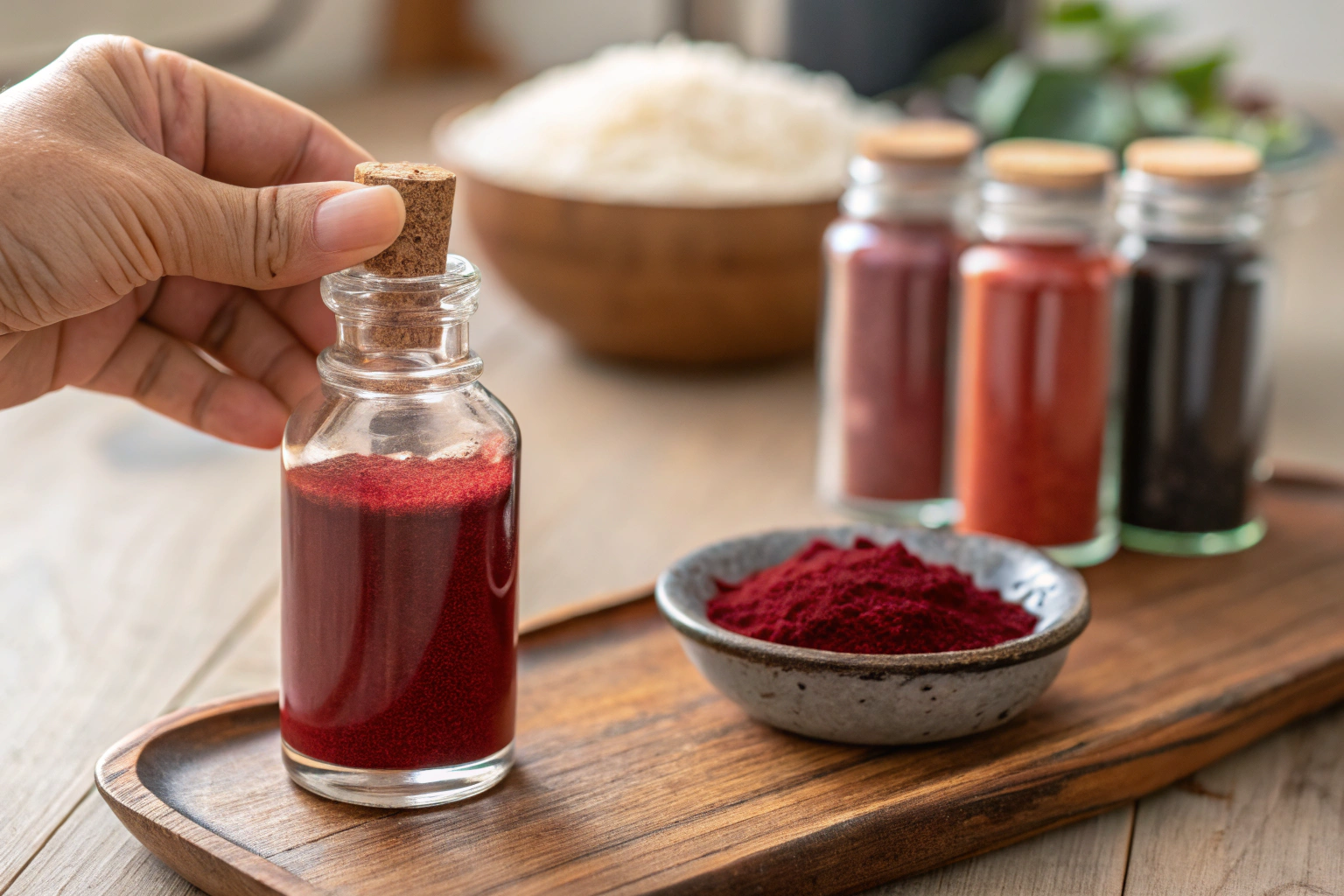
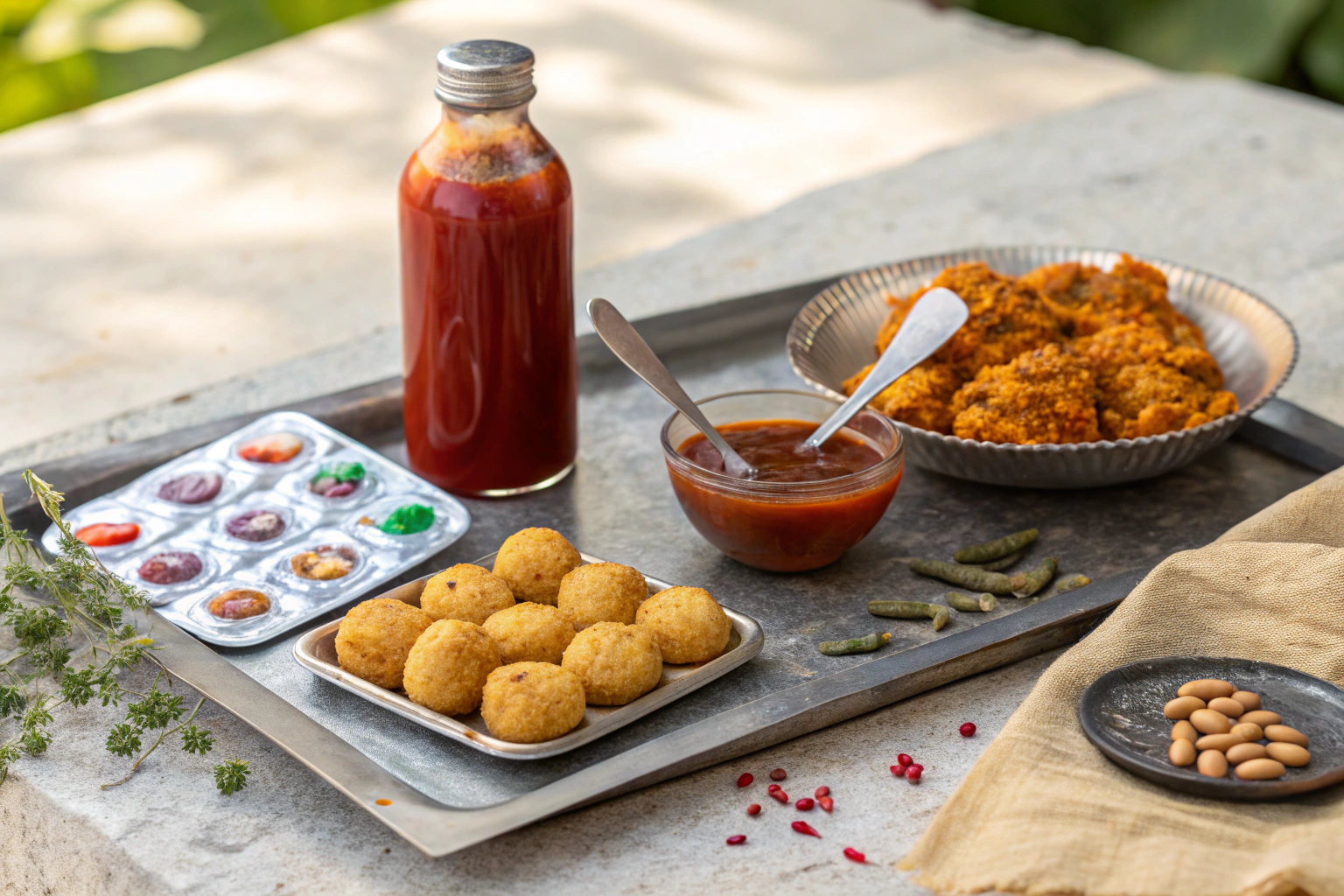
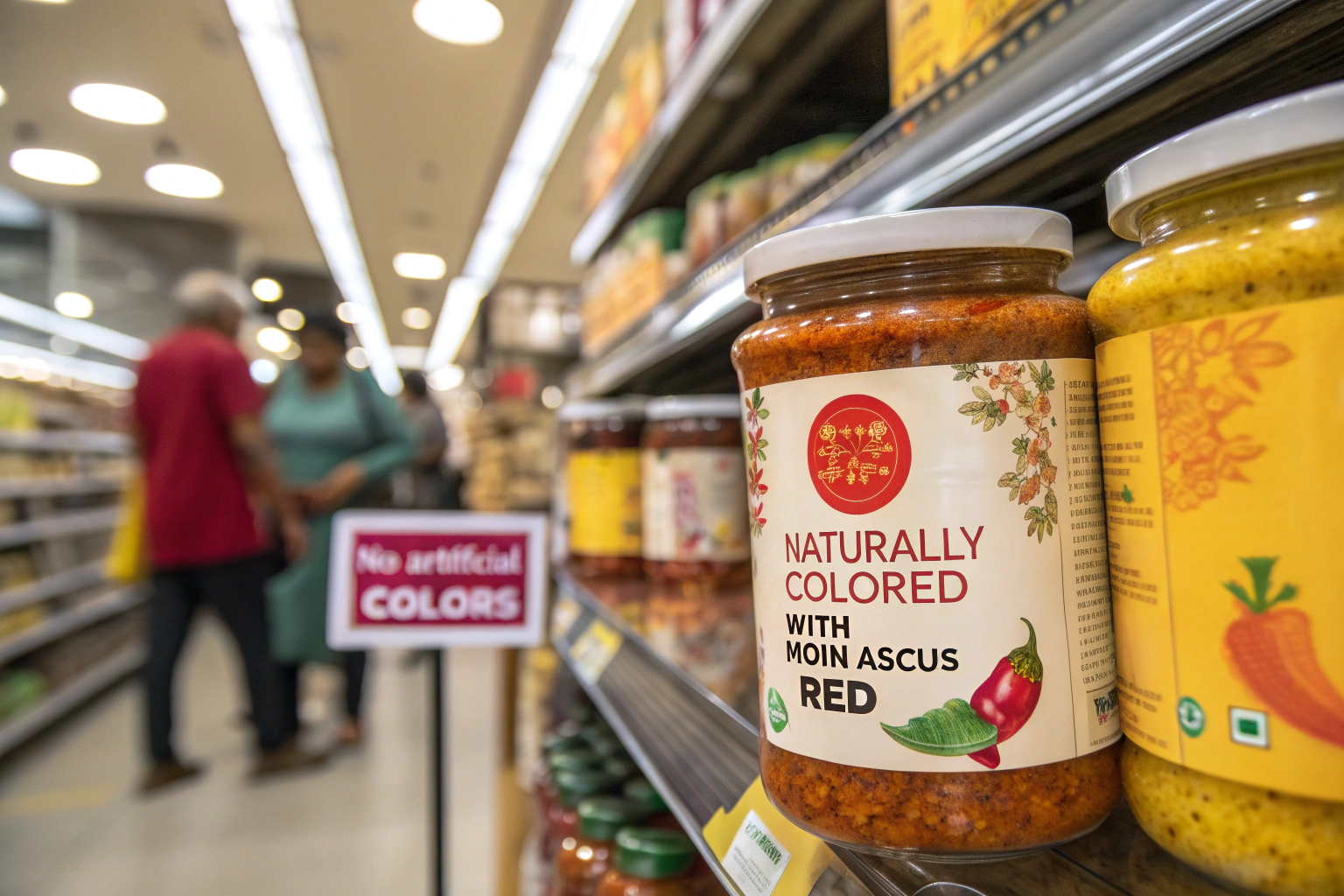
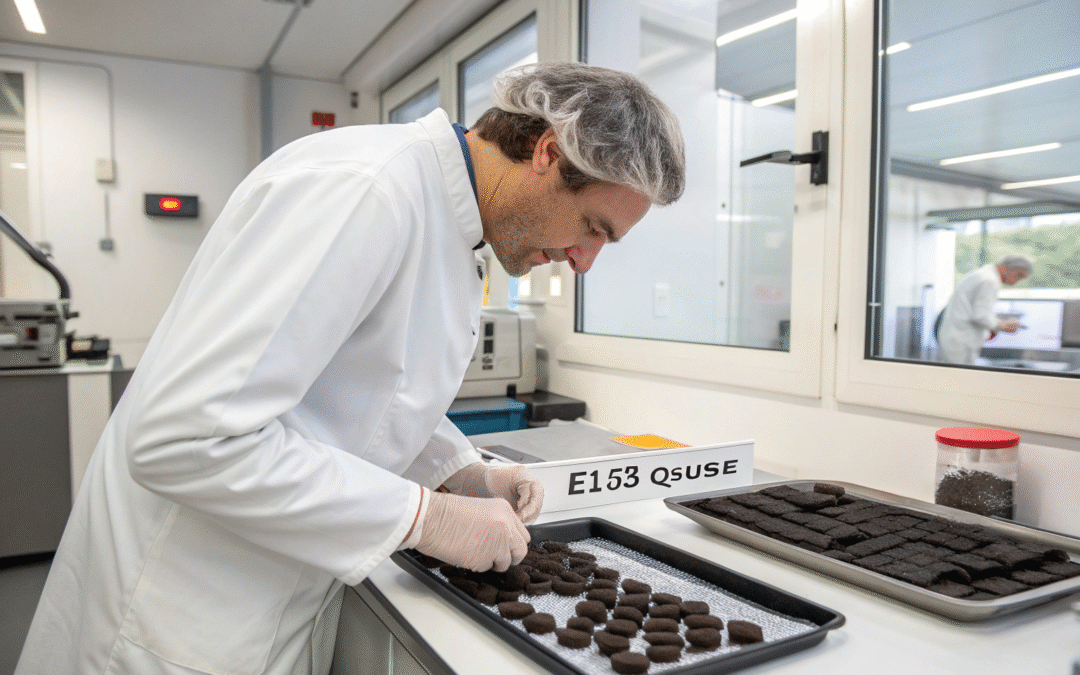
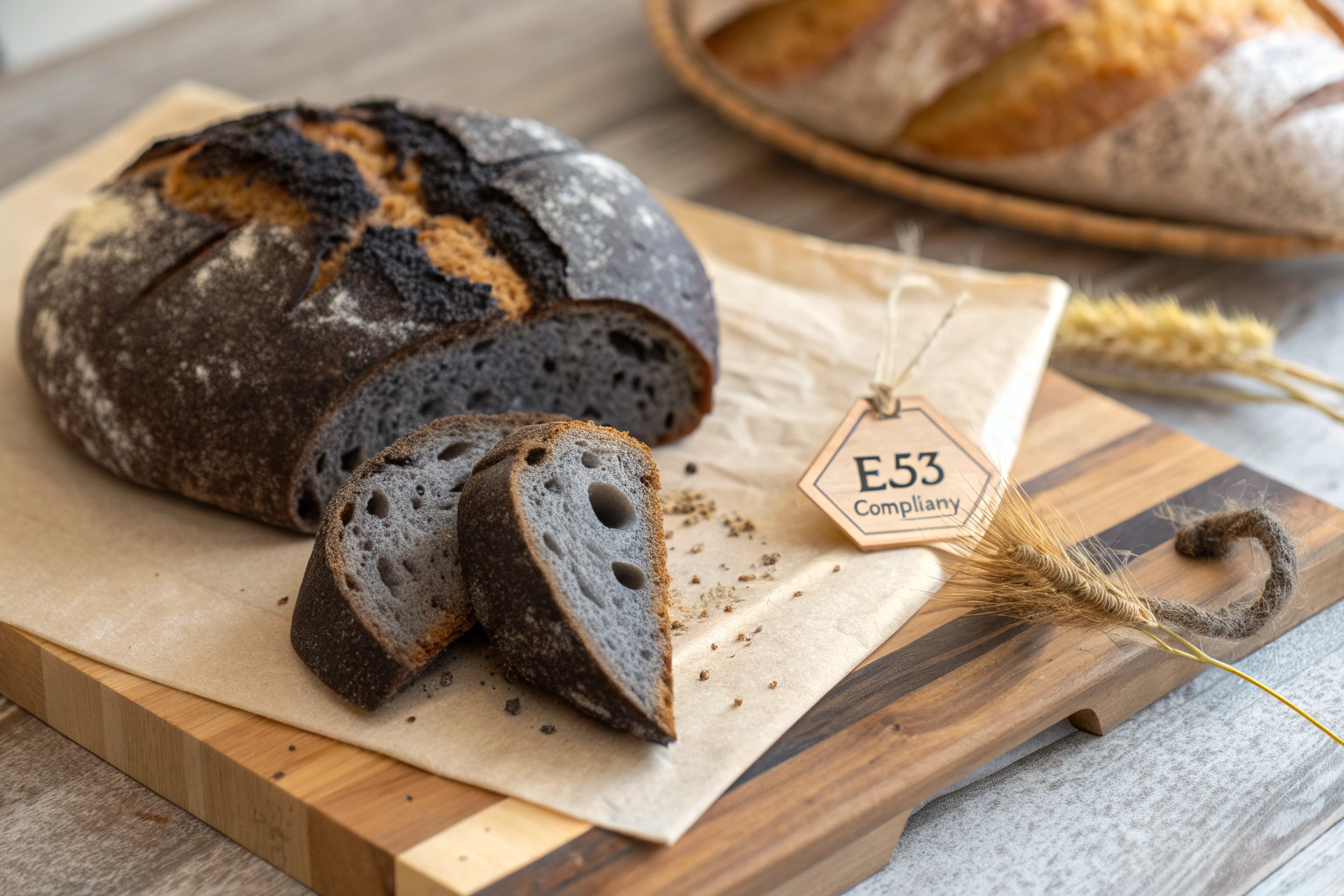

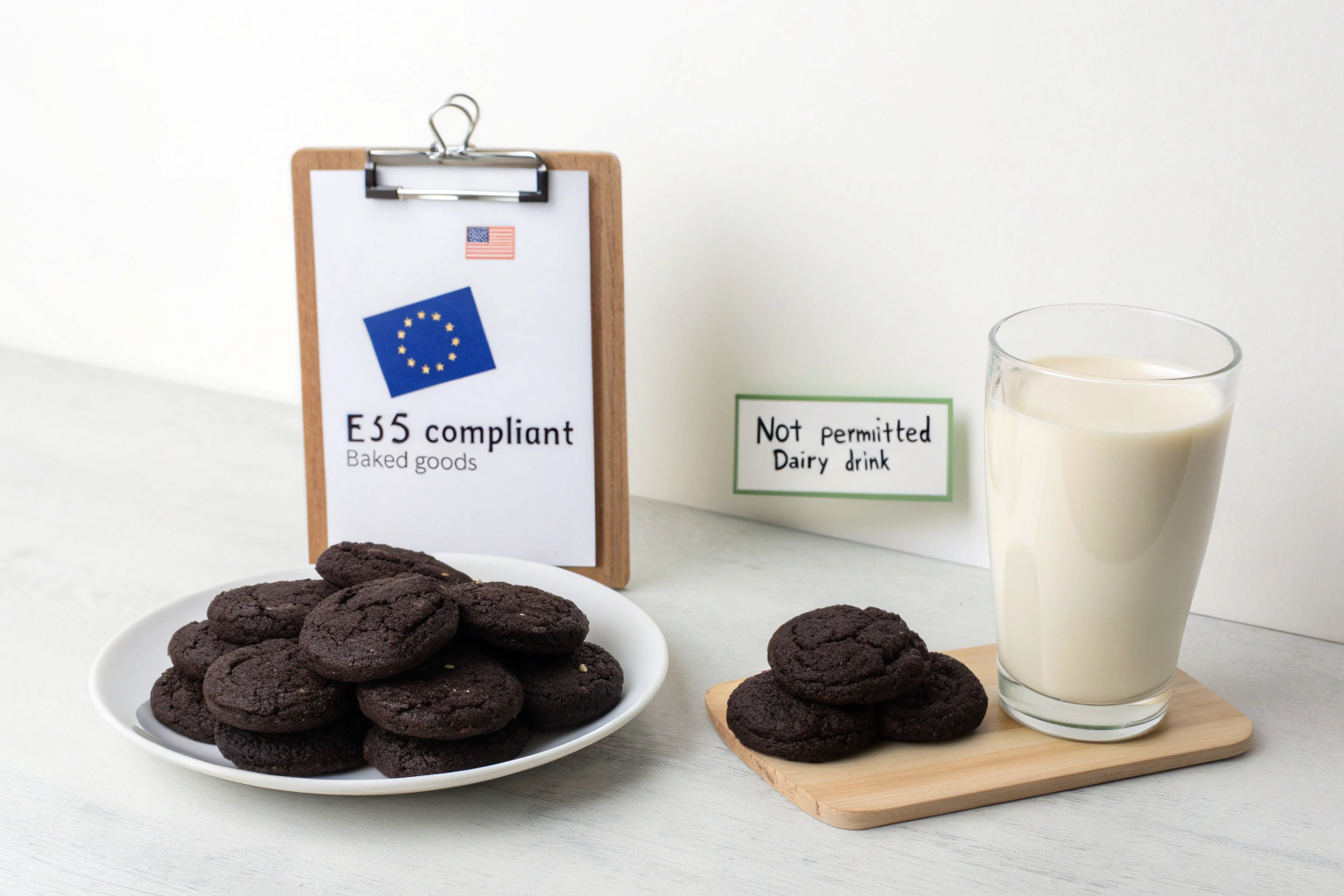
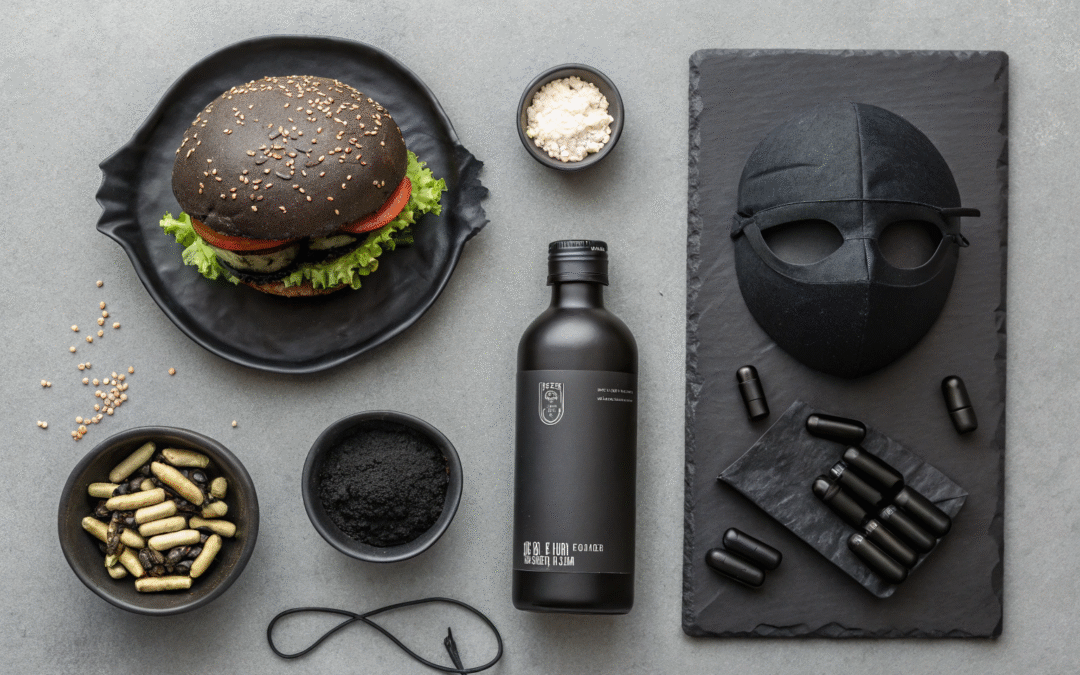
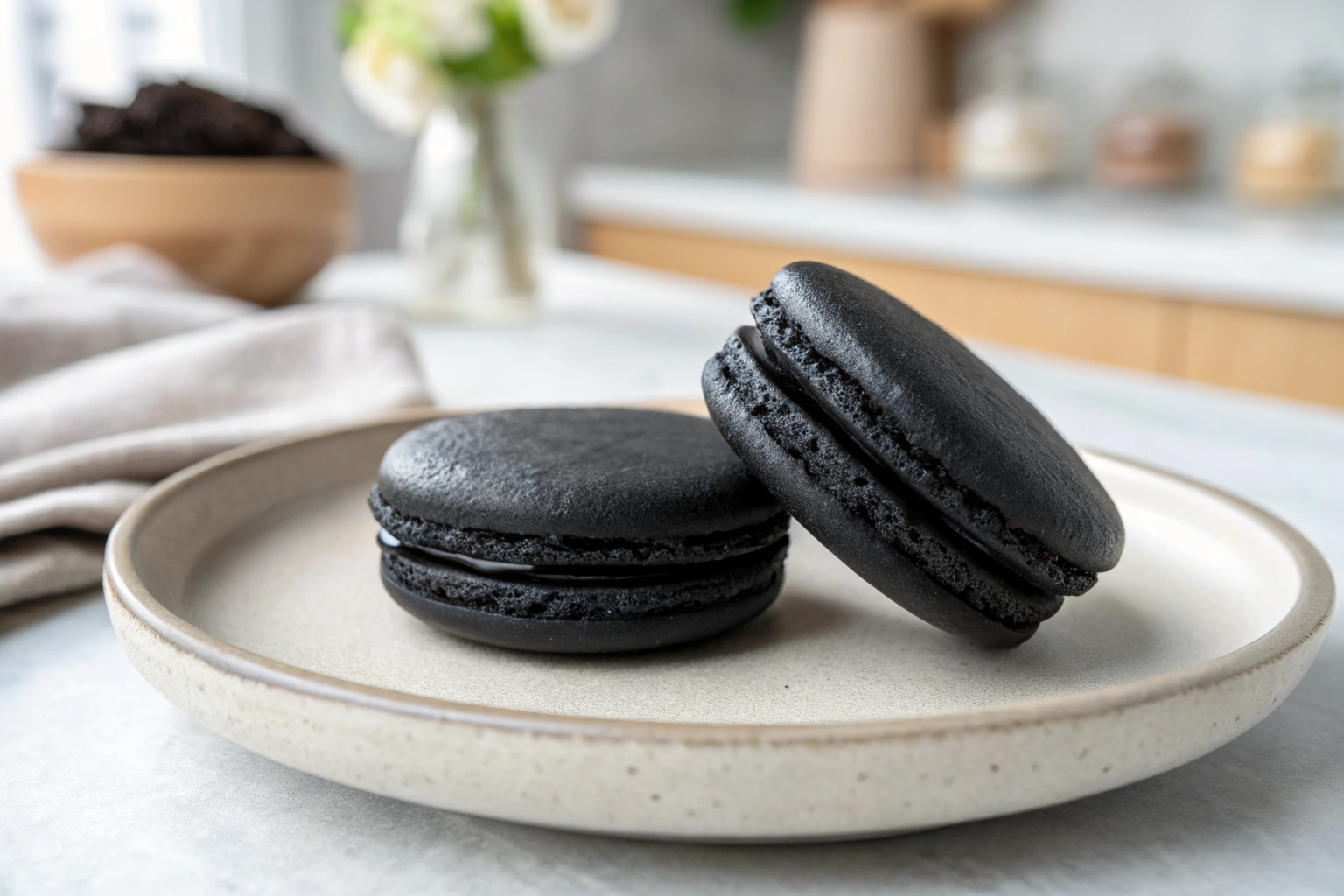
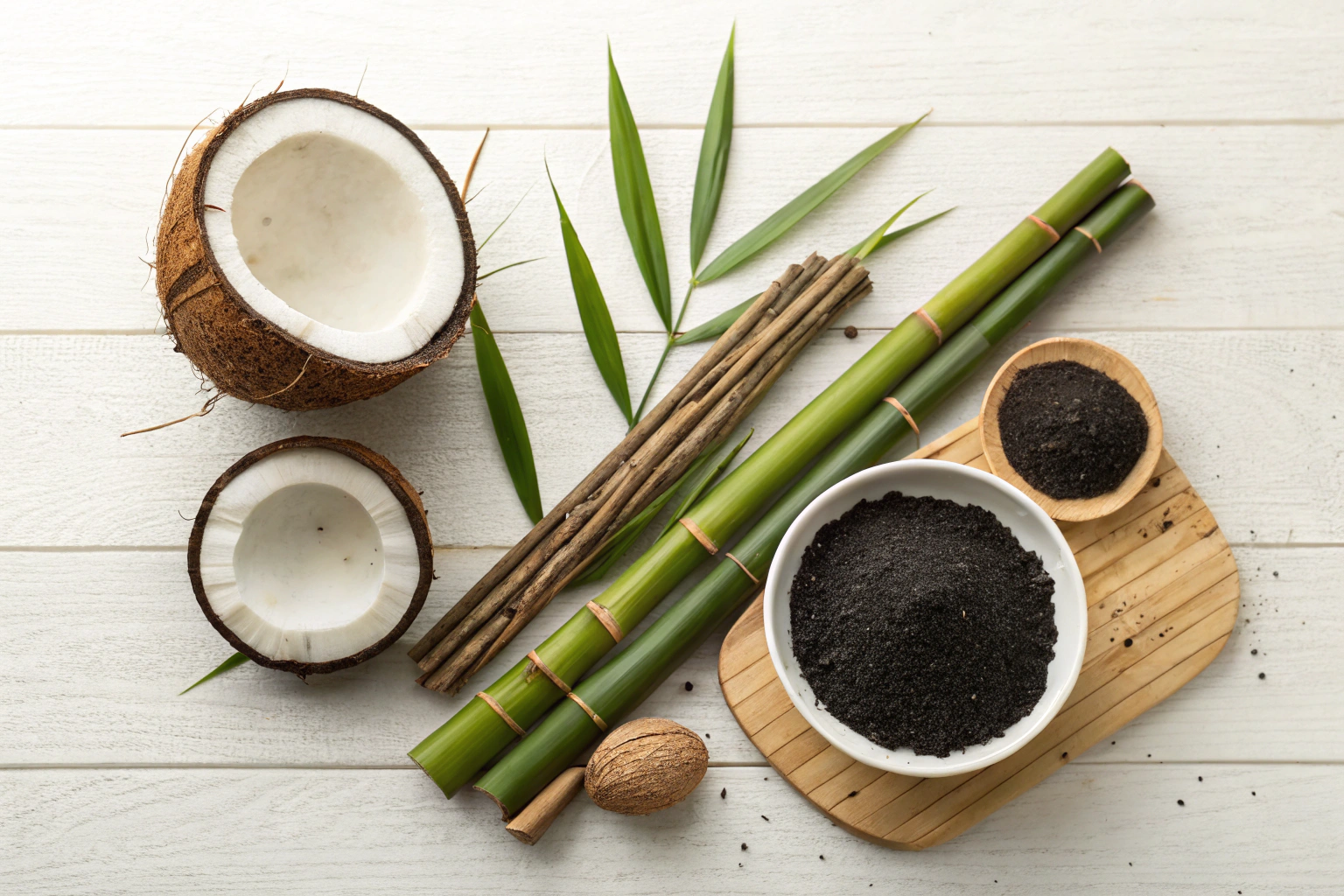
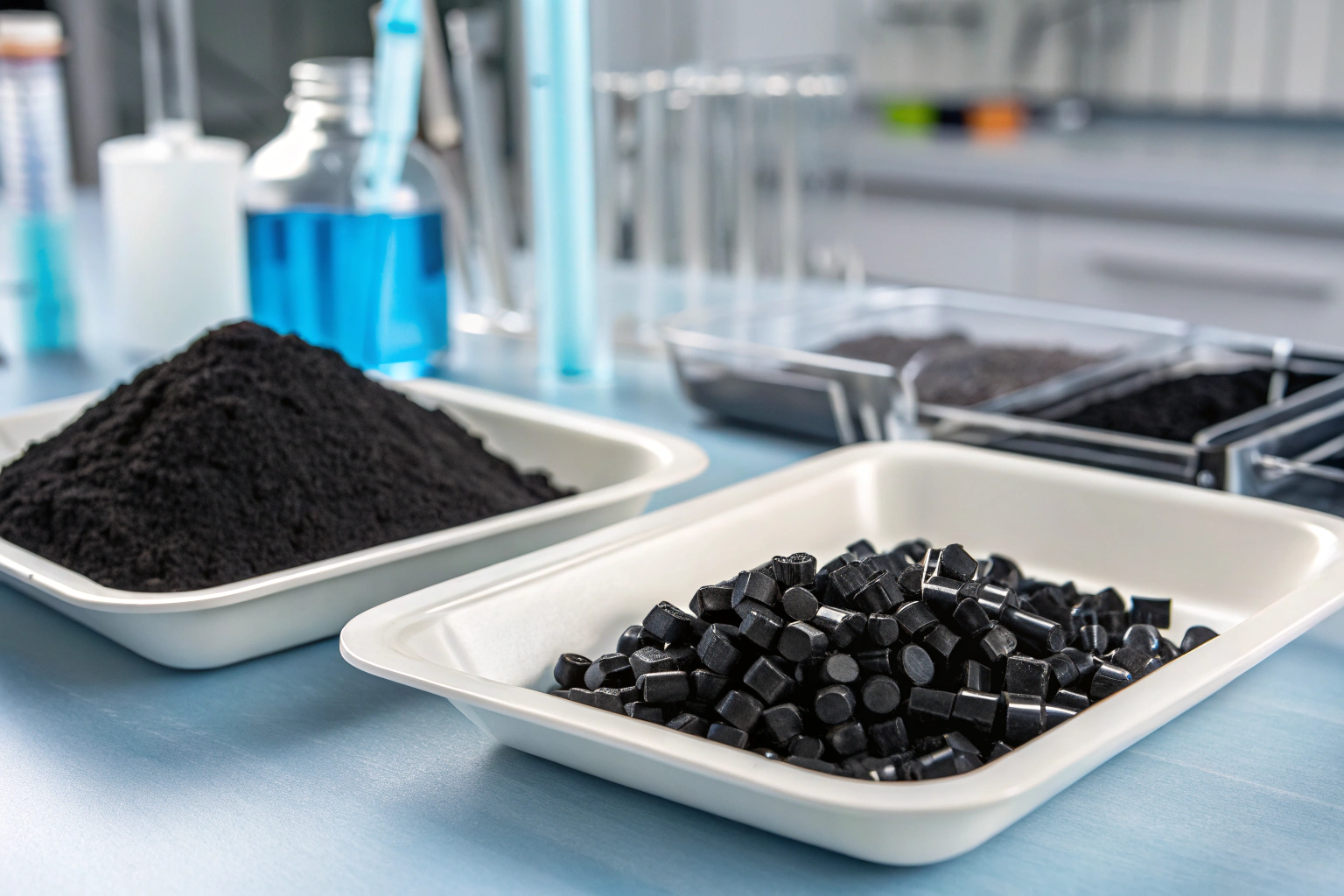
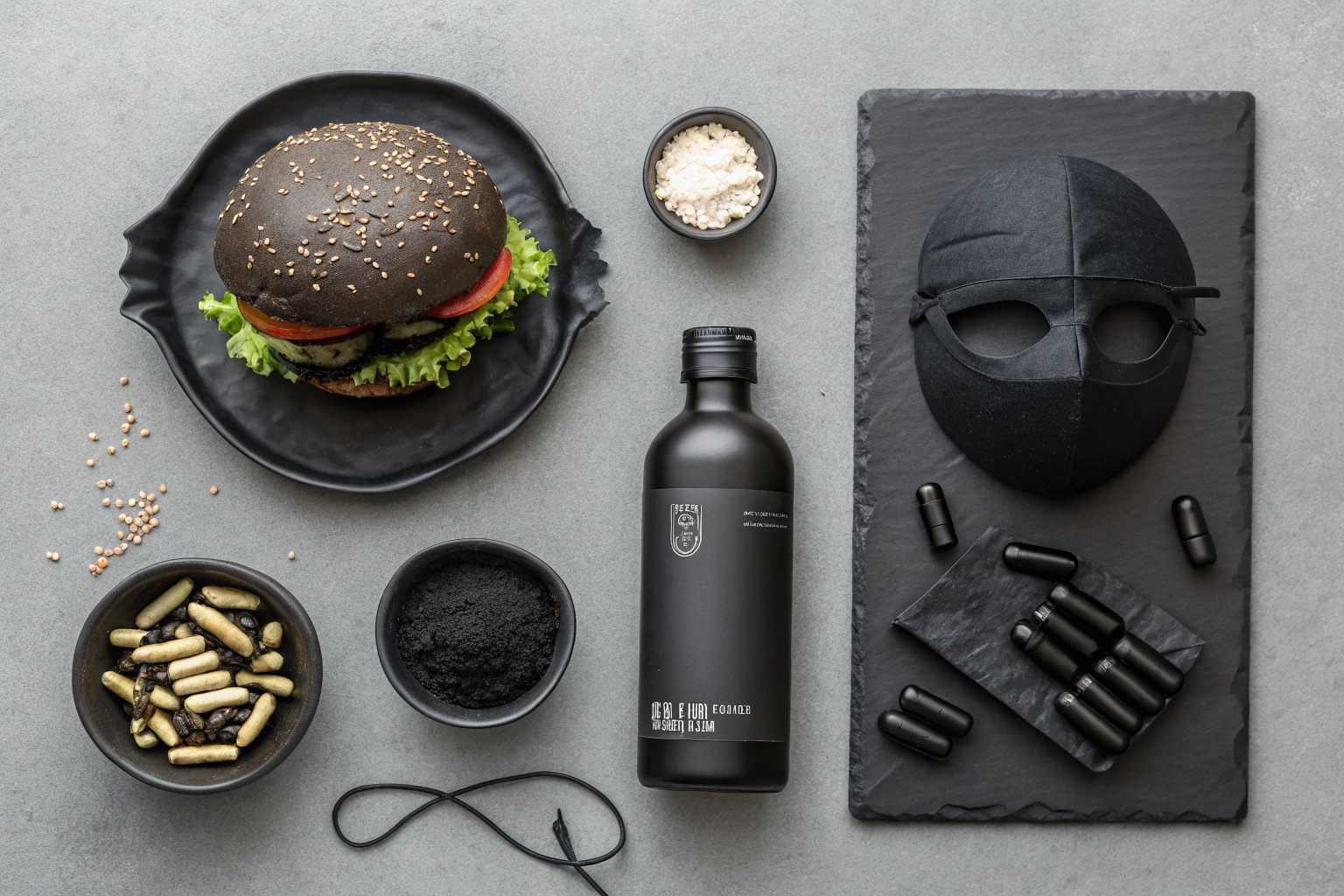
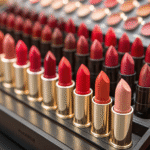
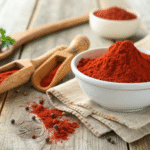

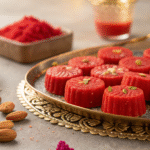
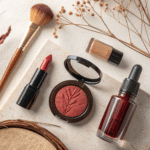
Recent Comments